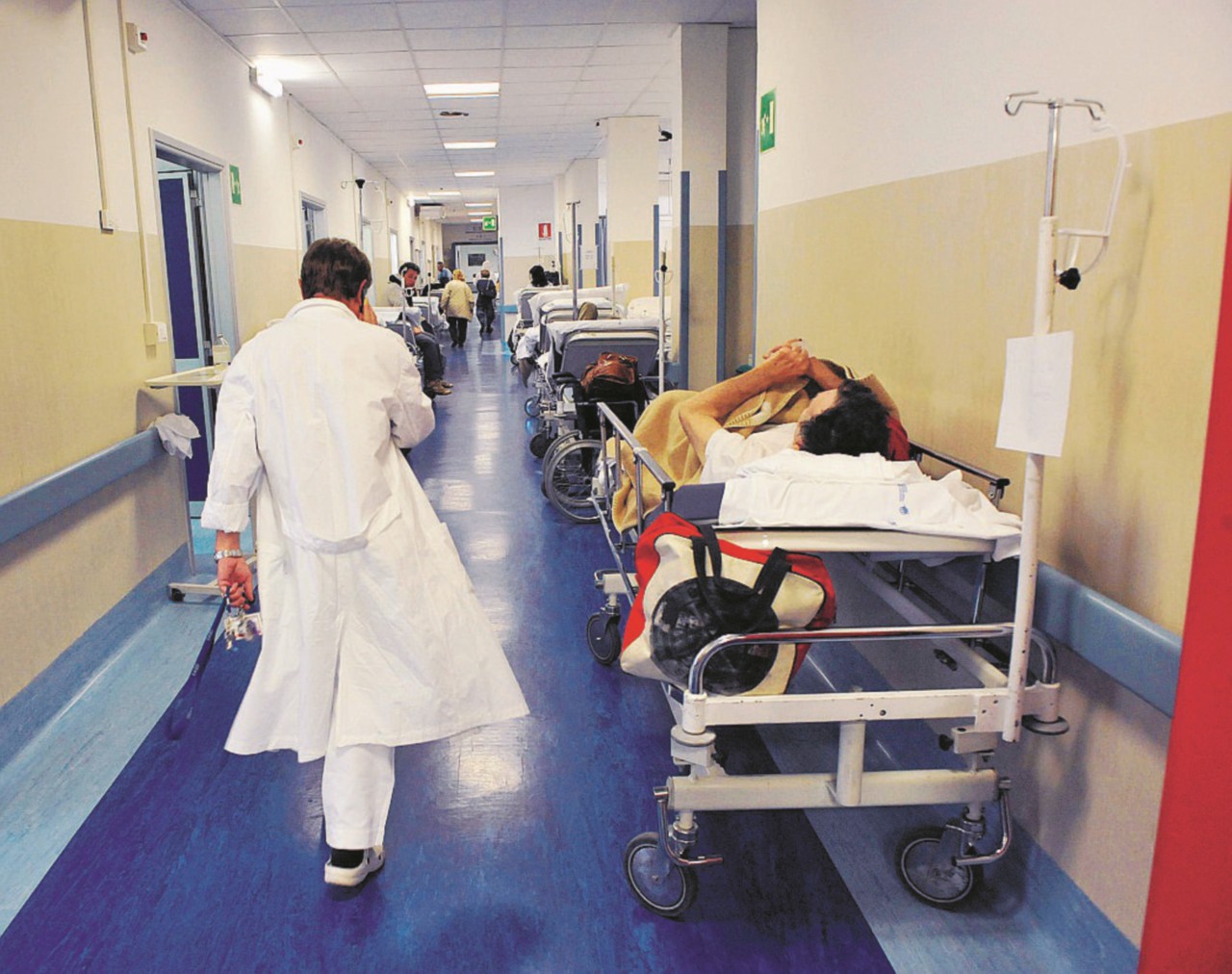Here it is the de profundis of public health: in ten years, between 2010 and 2020, it has lost 111 hospitals e 113 First aid. She has undergone the cut of 37 thousand beds and, despite the hires to deal with Covid-19, in the hospitals they are still missing the appeal 29 mila professionisti, of which 4.311 medici. Numbers that, in cascade, have led to a “drastic reduction in health care”: access to the emergency room is decreasing, but the mortality rate has increased by 85%. These are the numbers of an impressive report on public health released today by the CIMO-FESMED Federation to which 14 thousand doctors adhere, in parallel to an announcement by mobilization of the Federation of the Order of Doctors (FNOMCEO) for the government to comein defense of Public health and universal, their role and the conditions of their work. The numbers collected in the report are from “red alert”, which is also the title of the 28-page dossier (download) that photographs “The effects of ten years of cuts on the national health system“. To impress is thelist of cuts which concerned the health facilities driven by the emergency reorganization dictated by Covid.
I took the years 2010-2020 it turns out in fact that the transfer of investmentie beds towards specialist gills that most responded to the need to counter the pandemic, resulted in a de facto abandoning the other no less essential to guarantee care needed by citizens. The general surgery he has lost some 9milgeneral medicine 6400obstetrics and gynecology 4420, orthopedics 4242. On the other hand, Covid effect, a 8100 places for infectious diseases, 2184 intensive therapies, day surugery with 1073 beds. The result, however, is still an alarming negative balance of 36,937 beds. That the cause is the never compensated reshaping of the health response to the virus is demonstrated by the fact that precisely in the two-year period 2019-2020 there is the most extreme transfer dynamics. Even i emergency vehicles decreased by 584 unitsonly the type A ambulances increased, but not by 34 units as in 2019, only by 4.
Another fact, however, foments the concern of white coats and is the fact that in public facilities the beds have been drastically cut (-38.684), those in the private facilities have increased (+1.747). Looking at the territorial ones, between 2010-2020 the places in semi-residential structures are clearly increasing, increased by 25.2% (+12,056) and those in residential structures by 23.2% (+49,506) but, in reality, the percentage increase in users is only 1.76% for semi-residential structures and 19.28% for residential ones. A sign that iPrivate investments run where the profit is greater, but without an anchorage to the real need for assistance of the population. And we come to the gowns of the SSN: in ten years we have lost almost 30 thousand (-29.284), with a sharp reduction in administrative staff (-14.442) and technicians (-6.793), but also in doctors on duty who reduced by 107 thousand in 2010 to 102 in 2020, with a balance of -4,311. The medical guards are 700 lessa number that has led to 1,498 fewer interventions per 100,000 inhabitants in ten years.
“The result of the analysis of the decline in hospitalizations by type of institution: in 2019 it was carried out in hospitals one million fewer ordinary hospitalizations compared to 2010 (equal to a decrease of 66%) and over 400 thousand less day hospital and day surgery admissions (-68.5%). Compared to all other types of institutions, this is by far the most significant reduction. Figures that can only cause concern, since hospitalizations are generally complex in hospitals. But companies have to cope with both huge expenses for drugs and technologies and the obligation of a balanced budget; however they are not supported by the adjustment of the DRG, or the remuneration of each hospital activity, and this could lead them to select admissions. In 2020, 282.8 million fewer benefits were paid than in 2010. Le laboratory investigations at accredited public and private facilities they decreased by 9% until 2019 and by 19% in 2020 ″.
Going to look at the personnel expenditure we discover a curious and somewhat paradigmatic datum of the situation in which the sector has fallen, which seems to have enjoyed an additional “blaze” of public resources and investments during the pandemic, when in reality it has only regained part of what it had lost in previous years. This is the case of the salaries of the employees of the NHS. Until 2019, a savings of 1.24 billion euros, while with 2020, the effect of Covid, spending has grown. But it only reached the 2010 values again (+31 million). Going into more detail, it emerges that the cost of medical personnel is, in any case, reduced by 587.8 million euros compared to 2010, while the cost of personnel in the sector increased by 1.013 billion euros.
All of these numbers are just as many reasons that doctors will bring up government table that will come out of the polls. At the heart of the doctors’ initiatives – reads a note from the FNOMCEO – there are, in fact, the right to health of citizens, the value of our work, which is a founding value of the NHS. These are the urgencies that will be exposed to the Conference of the Regions and to the next Government, starting from budget law: 1) persistent inaction of contracts and agreements with serious organizational, economic and social security damage; 2) salary levels not consistent with the severity and riskiness of the work; 3) hiring necessary to cope with the ongoing exodus, and to improve working conditions in health, hospital and territorial structures; 4) recovery of social and professional role; 5) commitment to avoid the dismantling of the NHS, in progress for over 10 years, the consequent inequalities, the privatization of the largest civil and social infrastructure built by our country “.
